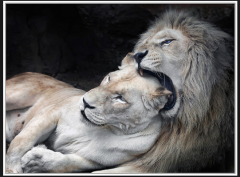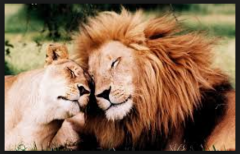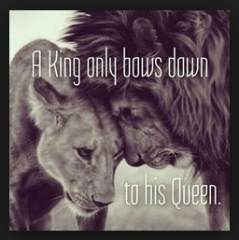![]()
![]()
![]()
Use LEFT and RIGHT arrow keys to navigate between flashcards;
Use UP and DOWN arrow keys to flip the card;
H to show hint;
A reads text to speech;
18 Cards in this Set
- Front
- Back
|
What can we examine to explore evolutionary relationships between different species? |
their DNA and proteins mutations will have caused change in sequence of nucleotide bases |
|
|
what is DNA hybridisation? |
way of determining similarities between DNA of different organisms? |
|
|
what happens when DNA is heated? |
double strand seperated into 2 complementary single strands |
|
|
when happens when cooled again? |
complementary bases will recombine to reform original double strand |
|
|
how do you prepare DNA for DNA hybridisatsion? |
extract DNA, extract, purify and cut into short pieces DNA from one species marked with radioactive/fluorescent marker mixed with unlabelled DNA |
|
|
then what do you do with temperature? |
heat (seperate both set of strands) then cool (some of the reformed double strands will be made of one strand of each- new strands called hybrid strands) |
|
|
what do you do with new hybrid strands? |
seperate them from normal strands and reheat |
|
|
how can you tell from the hybrid strands if 2 species are closely related? |
if they are closely related, they will have more hydrogen bonds (more complimentary nucleotide bases). More hydrogen bonds mean they will be stronger, will need higher heat to break. |
|
|
So... higher heat needed to break= |
more closely related species |
|
|
if organisms have more similar amino acid sequence to code for protein= |
species more closely related |
|
|
how can we compare proteins to find out how similar to species are? |
through immunological comparisons |
|
|
what from species A is injected into species B |
serum albumin (a specific antigen on a protein in the blood) |
|
|
how will species B react to this injection of antigens? |
will produce specific antibodies |
|
|
These produced antibodies from Species B are then extracted, and mixed with serum from blood of species C. What will happen? |
Antibodies from Species B will respond to antigens in blood from C. This will form a precipitate |
|
|
What does it mean if more precipitate is formed? |
Great number of similar antigens= species are closer related |
|
|
Why is courtship behaviour necessary? |

recognise members of own species, identify mate capable of breeding, to form a pair bonding and to synchronise mating |
|
|
what happens in the mating ritual? |
a stimulus-response chain |
|

|

|

